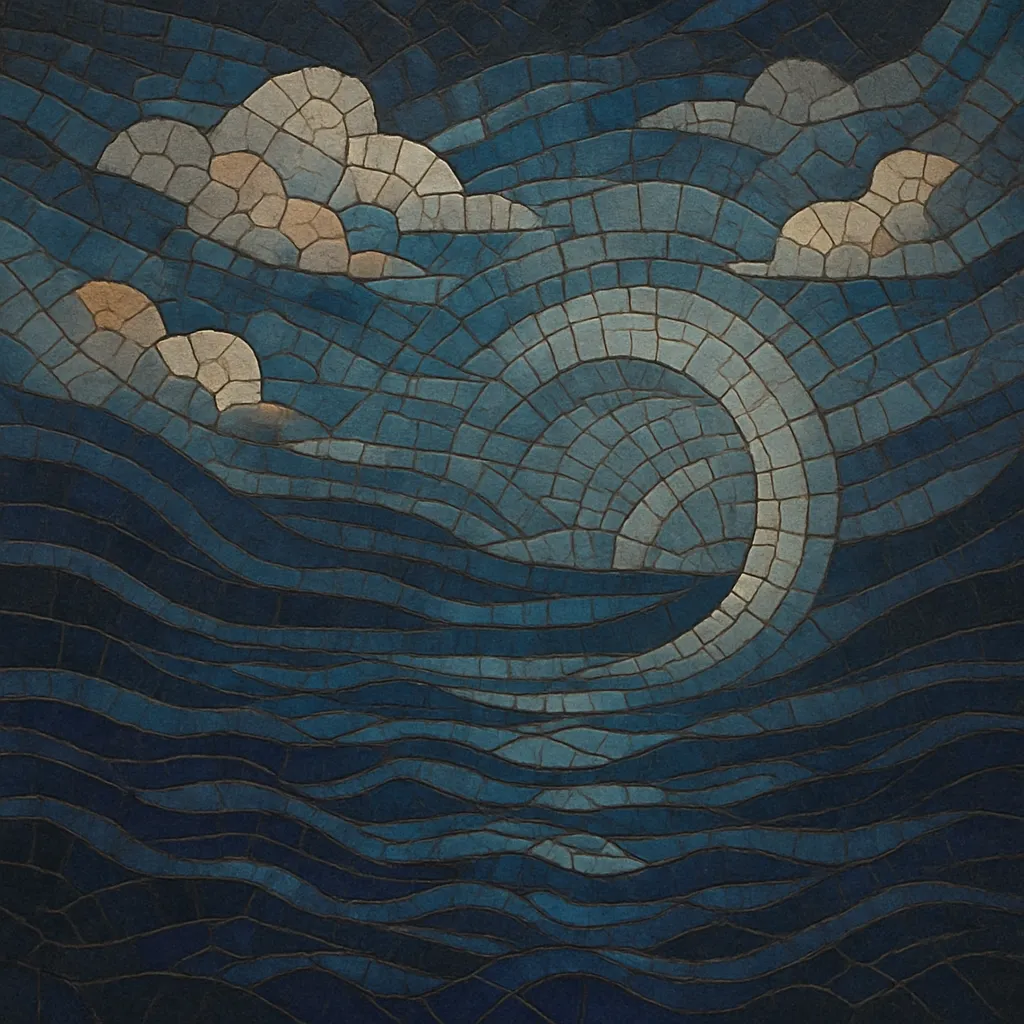
Atmospheric drum and bass is a substyle of drum and bass that prioritizes mood, texture, and space over aggression. It blends rapid breakbeats and deep sub‑bass with lush pads, airy reverbs, and melodic motifs drawn from ambient and jazz.
Typically sitting around 160–174 BPM, the style leans on classic breaks (e.g., the Amen, Think, and Apache) treated with gentle compression, filtering, and long tails of delay. Chord extensions (7ths/9ths/11ths), evolving drones, and field recordings create a cinematic, introspective feel that contrasts with the music’s propulsive rhythm section.
The sound is closely associated with labels like Good Looking Records and artists who framed drum and bass as head‑music suited for both the dancefloor and deep listening.
Atmospheric drum and bass emerged in the United Kingdom during the early–mid 1990s as jungle and breakbeat hardcore splintered into distinct approaches. Producers inspired by ambient, acid jazz, and early techno sought a less rugged, more cinematic path: breakbeats remained central, but were softened with pads, reverbs, and jazzy harmonies. LTJ Bukem’s Good Looking Records and the Logical Progression compilations became touchstones, presenting a refined, floating take on drum and bass that emphasized musicality and space.
By the mid–late 1990s, artists such as Omni Trio, PFM, and Blu Mar Ten helped codify the sound—crisp, rolling drums; expressive but restrained sub‑bass; and melody-forward arrangements. Parallel labels and crews (e.g., Moving Shadow, Certificate 18) released material that ranged from ethereal to more cinematic/darkly atmospheric, underscoring the style’s breadth.
In the 2000s the style spread globally. Producers from Scandinavia, Japan, and beyond (e.g., Seba, Makoto) refreshed the palette with modern production, while maintaining the genre’s core values of space and harmony. This period also fed into closely related streams such as liquid funk, minimal/micro‑focused drum and bass, and later the autonomic movement.
Atmospheric drum and bass established a template for “deep” and “musical” DnB. Its emphasis on harmony, texture, and headroom influenced liquid funk, jazzstep’s softer edges, minimal/microfunk approaches, and the autonomic scene—proving that drum and bass could be as evocative and contemplative as it is energetic.

